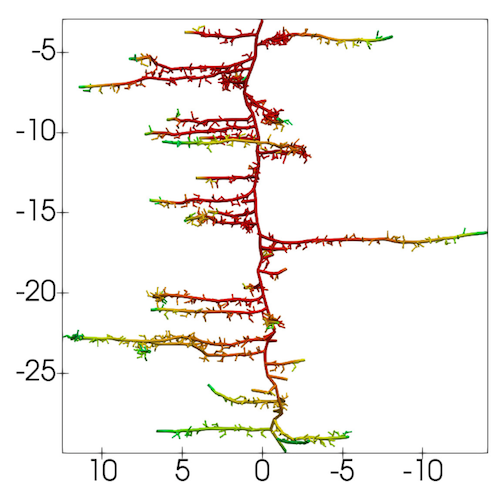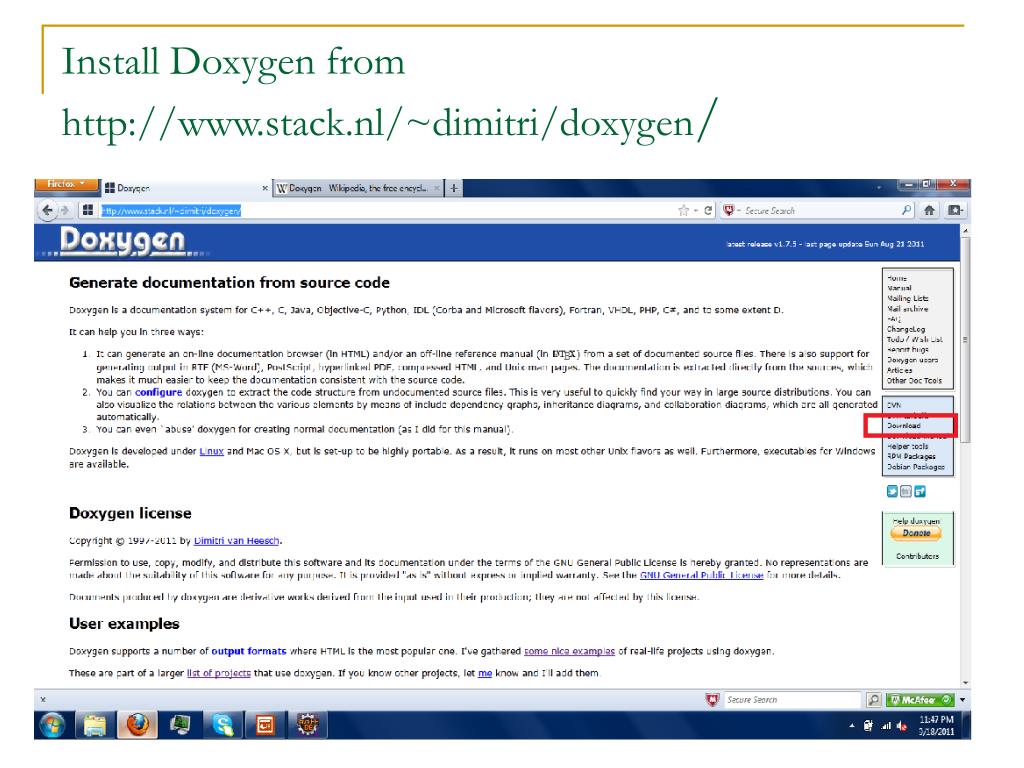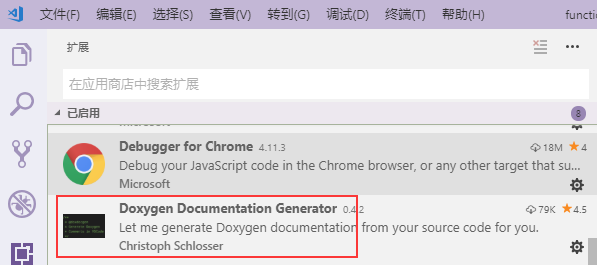
- #DOXYGEN PARAM TYPE PYTHON UPDATE#
- #DOXYGEN PARAM TYPE PYTHON FULL#
- #DOXYGEN PARAM TYPE PYTHON CODE#
These parameters are defined with the PARAM macros, of which there are many. Then, we define five parameters, three input and two output, that define the data and options that the mean shift clustering will function on. This is, for instance, what is displayed to describe the binding if the user passed the -help option for a command-line program. We can see that we have defined the basic program information in the BINDING_NAME(), BINDING_SHORT_DESC(), BINDING_LONG_DESC(), BINDING_EXAMPLE() and BINDING_SEE_ALSO() macros.

#DOXYGEN PARAM TYPE PYTHON CODE#
implementation of mlpackMain(), which is the actual machine learning code.definition of the input and output parameters with PARAM macros.It is good to have this API in mind when reading the following sections.Įach mlpack binding is typically contained in the src/mlpack/methods/ folder corresponding to a given machine learning algorithm, with the suffix _main.cpp so an example is src/mlpack/methods/pca/pca_main.cpp. This section details what a binding file might actually look like. Writing code that can be turned into a binding Therefore, design of an automatically-generated binding system would simply involve generating the boilerplate code necessary to parse input options for a given language, and to return output options to a user. So each input and output parameter would need to be handled differently, but the algorithm could be run identically across all bindings. For MATLAB, for instance, we would not need to read the file reference.csv but instead the user would simply pass their data matrix as an argument. Ideally, any binding to any language would have this same structure, and the actual "run the machine learning algorithm" code could be identical. d d.csv ) involves saving the matrix returned by the algorithm to the user's desired file. Preparing the output, which usually consists of data matrices (i.e. Therefore, the first stage of the program-parsing input options-would be handled by reading the command line and loading any input matrices.

That is, they would pass a number of input options-some were numeric values (like -k 3 ) some were filenames (like -r reference.csv ) and a few other types also. $ mlpack_knn -r reference.csv -q query.csv -k 3 -d d.csv -n n.csv The user might interface with this command-line program like the following:
#DOXYGEN PARAM TYPE PYTHON UPDATE#
This incurs a maintenance burden: each major change to the library means that someone must update the bindings and test that they are still working. However, these approaches have a fundamental flaw: the hand-written bindings must be maintained, and risk going out of date as the rest of the library changes or new functionality is added. The same types of strategies may be used for other languages hand-written MEX files may be used for MATLAB, hand-written RCpp bindings might be used for R bindings, and so forth. In the case of Python, many projects will use tools like SWIG ( ) to automatically generate bindings, or they might hand-write Cython. Most practitioners of machine learning tend to avoid writing native C++ and instead prefer other languages-probably most notably Python. Structure of IO module and associated macrosĬ++ is not the most popular language on the planet, and it (unfortunately) can scare many away with its ultra-verbose error messages, confusing template rules, and complex metaprogramming techniques.Writing code that can be turned into a binding.The document is split into several sections:

#DOXYGEN PARAM TYPE PYTHON FULL#
This document describes the full functioning of the system, and is a good place to start for someone who wishes to understand the system so that they can contribute a new binding language, or someone who wants to understand so they can adapt the system for use in their own project, or someone who is simply curious enough to see how the sausage is made. The maintenance burden of this system is low, and it is designed in such a way that the bindings produced are always up to date across languages and up to date with the mlpack library itself. Mlpack has a system to automatically generate bindings to other languages, such as Python and command-line programs, and it is extensible to other languages with some amount of ease.


 0 kommentar(er)
0 kommentar(er)
